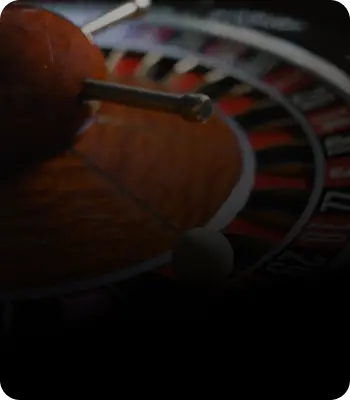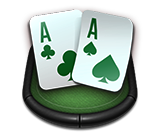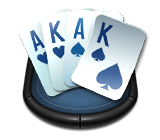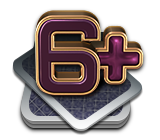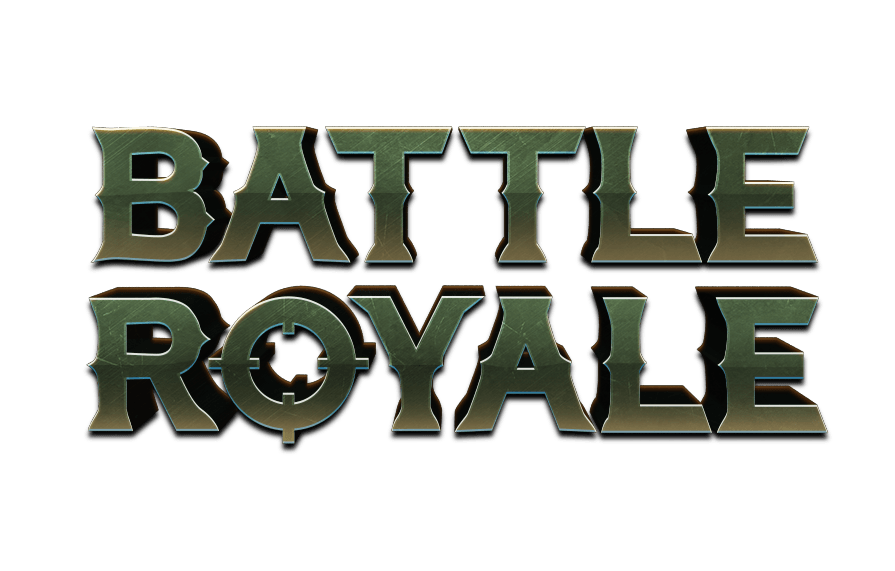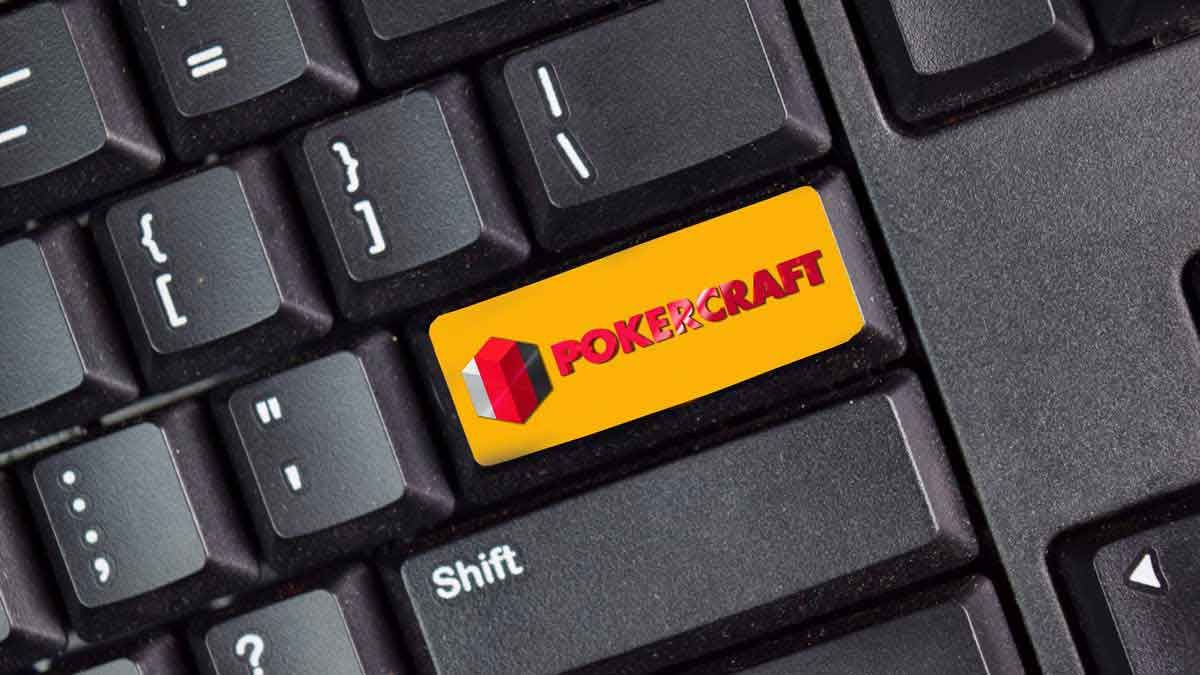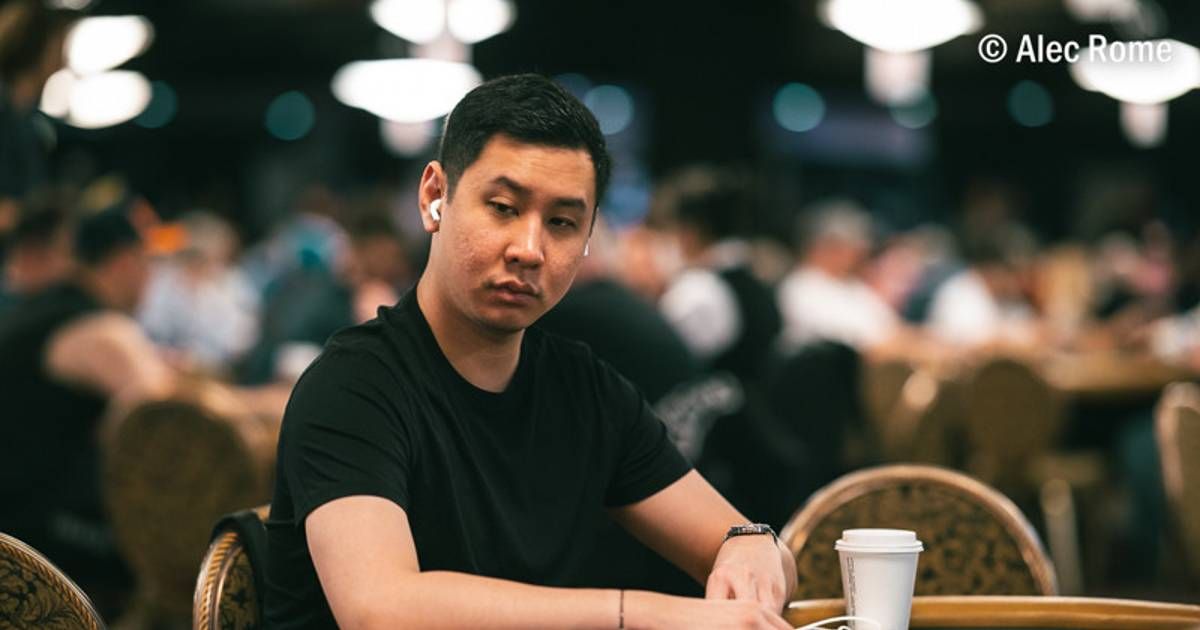
Let's explore the fascinating concept of probe bets in poker. Have you ever wondered what to do when a player skips a continuation bet? Well, that's when you can seize the opportunity to make a probe bet! In this article, we'll delve into the ins and outs of probe betting, helping you determine the perfect moments to utilize this strategy and when it might be wise to exercise caution. So, sit back, relax, and get ready to discover the strategic world of probe bets in poker.
What Is a Probe Bet?
It’s normal in poker games for everyone to check the flop over to the preflop aggressor. Likewise, it’s quite standard for the preflop aggressor to make a continuation bet. However, if they decline to do so, the other players will be able to see a turn card for free.
At this point, it can be a profitable strategy to make some kind of bet despite being out of position. This is what’s known as a probe bet, and such plays are effective against the average players. Here’s why.
Why Should We Use Probe Bets?
Most players don’t balance out their check-back ranges well enough. When a flop is checked around to them, they don’t check back often enough with strong hands. This gives you the chance to fire a probe bet on the turn and potentially take the pot down.
While it would be nice to win the pot right away, there are also other reasons to probe. It might simply be a case of taking the initiative away from the preflop raiser, to try and control the pot. Alternatively, it can also be a good opportunity to create a nice bluffing situation when the river is dealt.
When To Use Probe Bets
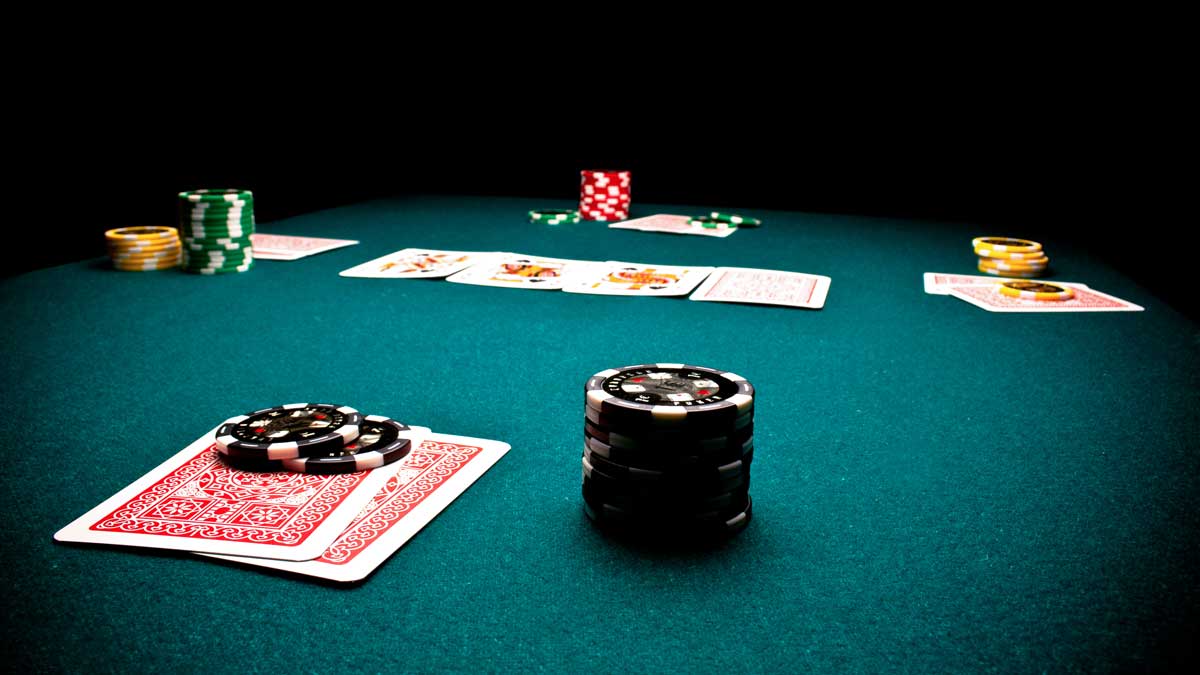 Okay, if all of that makes sense, you’ll probably be wondering about when to make a probe bet. Well, choosing the right time depends on three key criteria:
Okay, if all of that makes sense, you’ll probably be wondering about when to make a probe bet. Well, choosing the right time depends on three key criteria:
The texture of the board
Your opponent’s c-betting tendencies
Your relative hand strength
Board Texture
Speaking generally, there are certain types of boards that naturally connect better with your own range than that of your opponent. If you’re defending the blinds, for instance, a flop like 8-6-5 is going to give us lots of two-pair type hands.
Another example might be when the turn brings a card that completes a flopped draw. For instance, a board of 9-6-4-8 would fit neatly into our betting range in this situation.
Opponent Tendencies
As with many situations in poker, the specific opponent that you are up against can make a big difference. If you already know that they often check back strong hands on the flop, this is not a good time to probe.
Fortunately, most players don’t do this often enough, so you’re more likely to be interested in how often they check-fold. If they’re prone to this, you’ve found the perfect spot to fire a probe bet.
Hand Strength
Finally, we need to consider relative hand strength. If you’re sitting on a decent holding, that’s not a bad time to probe. After all, this type of bet isn’t just about bluffing, and we should never forget to bet for value. If the opponent won’t build a pot for us, we need to seize the initiative.
If you are bluffing though, you need to find the right candidate. Drawing hands with next to no showdown value is a good choice since you can win the pot there and then. If you do find a call, you’ll have a better chance of realising your hand’s equity. But more importantly, you’ll gain control for the last round of betting, so you can choose whether or not to continue.
Hand Examples
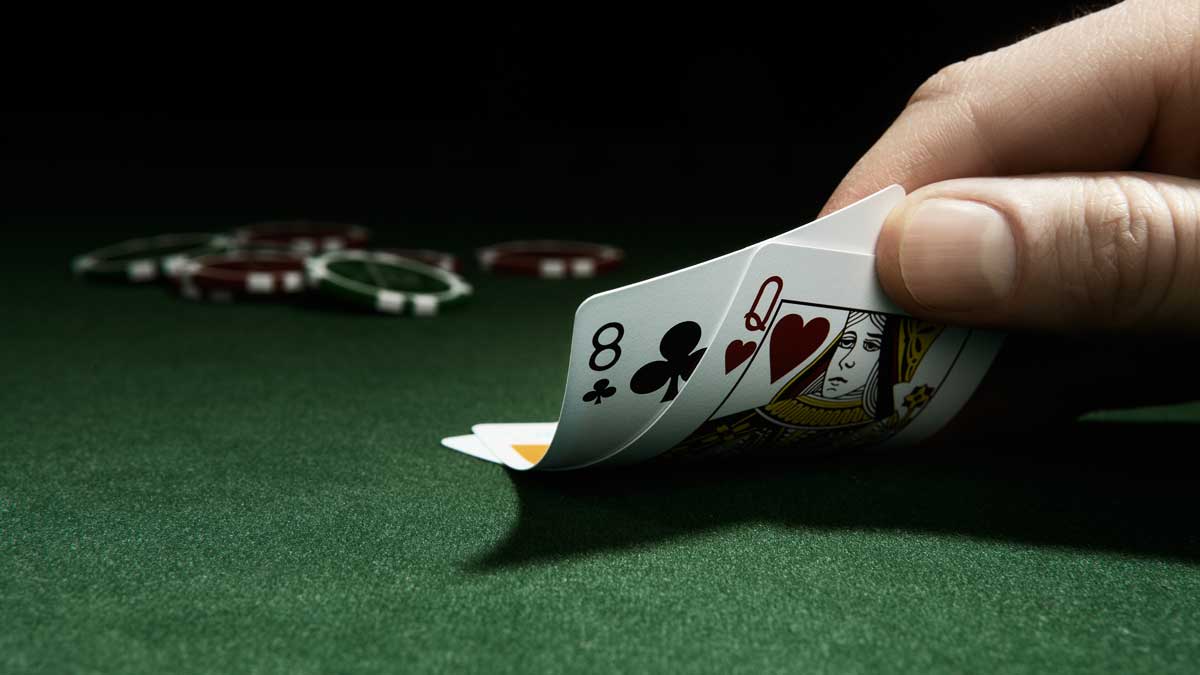 Let’s illustrate a good example of when a probe bet would be useful. Imagine you’re in the Big Blind and you have Q-8. The button opens the betting, the Small Blind folds, you call, and the flop brings T-J-3.
Let’s illustrate a good example of when a probe bet would be useful. Imagine you’re in the Big Blind and you have Q-8. The button opens the betting, the Small Blind folds, you call, and the flop brings T-J-3.
You check to your opponent and they decline to make the c-bet. The turn reveals the 5. This seems like a great situation to probe.
We don’t believe that the average player will check back a hand like A-J or better in this spot. So you’d have to think that a bet could take the pot down. If it doesn’t, you have four outs to complete a gutshot. A Queen for a top pair would likely be the best hand. Otherwise, even an 8 might be enough.
When Not to Probe
Now imagine the same situation and you’re holding J-8. The board brings A-5-Q-5. This is absolutely not a good spot for a probe bet. Why?
If the opponent had a five and nothing else, they’d be extremely likely to have checked the flop. So betting here would leave you in all kinds of trouble. It’s usually inadvisable to probe whenever the second or third card pairs on the turn.
It’s also perfectly reasonable to think they may have checked back a Queen for a second pair on an Ace high flop. That’s not a hand that’s likely to fold to a bluff.
Probe Bet Sizing
In poker, there are often many variables to consider, so it’s hard to boil strategy down to simplistic rules of thumb. But let’s try to do just that! Here’s a rough guide on how to size your probe bets:
Bet Smaller: If the turn connects with the flop, look to probe with smaller bets. Although you will have a range advantage, your opponent will likely be able to call a lot of your bets on the turn. However, a majority of average players tend to fold too often on the river. Therefore, you can control the pot size and take it down at the end.
Bet Bigger: If the turn is an overcard that doesn’t really connect with the flop, this is a prime spot to make a larger probe bet. You’re looking to get hands like second- and third-pair to fold, as well as Ace high. That said, if you do find a call, look to slow down if you don’t improve.
Summary
Probe bets can be a profitable move since the average player doesn’t properly balance their check-back range. But they’re also good for value betting, realising the equity of poor draws, and gaining control of a pot.
Probe betting is something that requires time to learn and understand, so make sure that you practice often. The easiest way to do so is to sign up for a free account with an online poker platform as you will then be able to practice with both freerolls and low-stakes tournaments or cash games until you are well-versed in probe betting.













